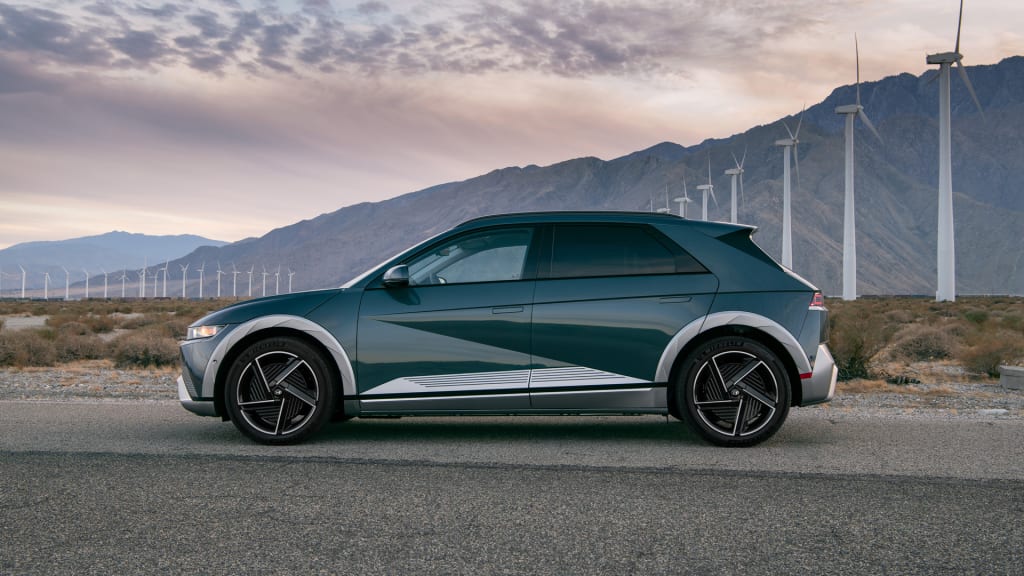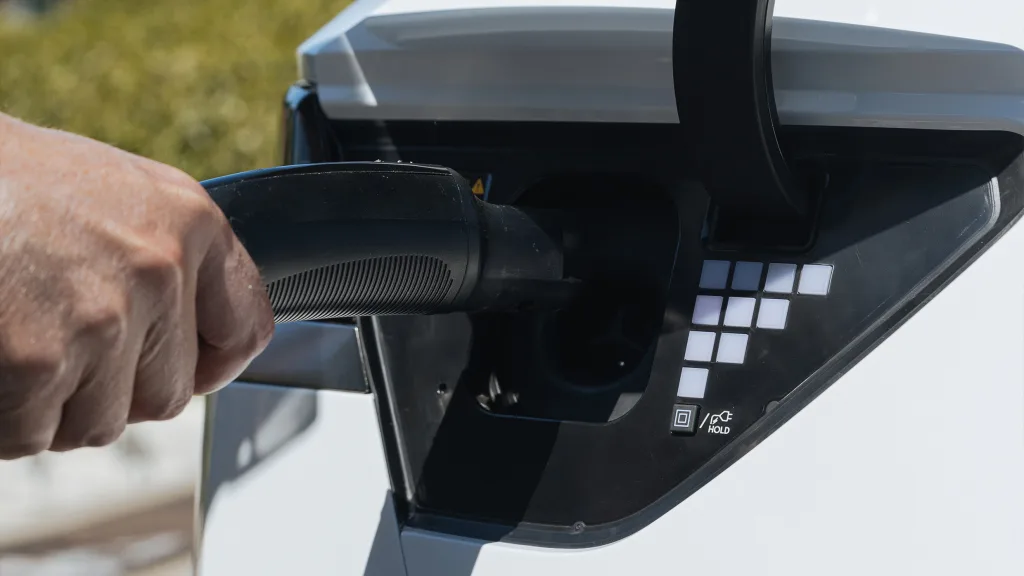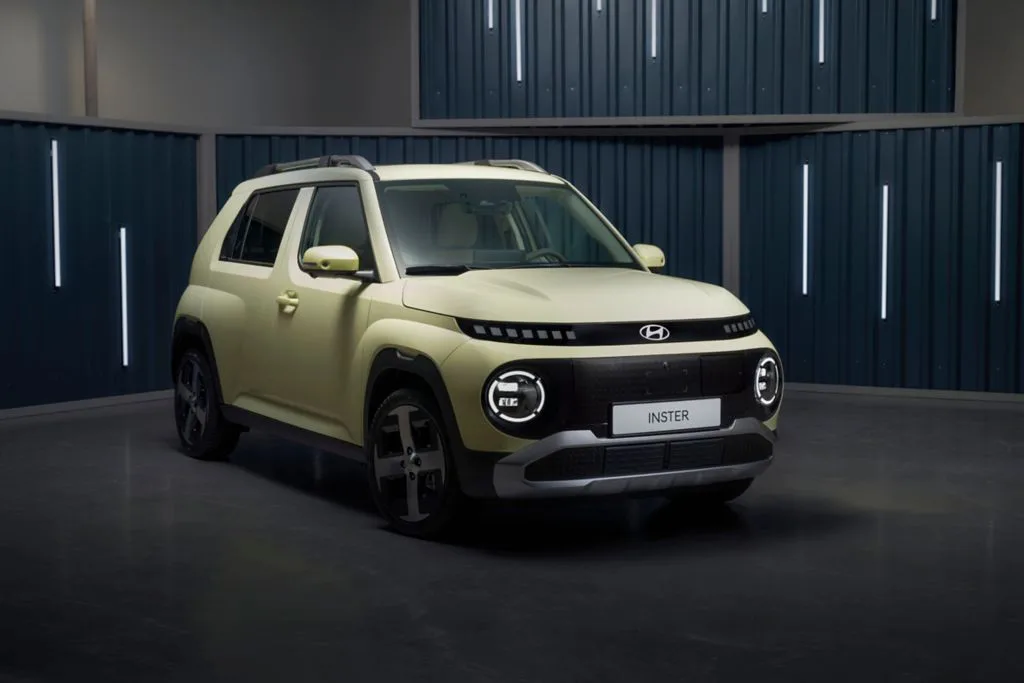When Hyundai recently celebrated the grand opening of its new Metaplant in Georgia, a $7 billion-plus factory that will manufacture both electric and hybrid vehicles, many lauded the South Korean automaker for its impeccable timing. The grand opening took place the same week that President Donald Trump announced a slew of upcoming tariffs, including on cars and auto parts.
The Georgia plant will buffer Hyundai’s electric offerings from some of those tariffs. But the outlook for auto sales in the U.S., particularly EVs, is still uncertain as Trump introduces rapidly changing tariff policies and as the future of EV tax credits isn’t clear.

Still, Hyundai is focused on building up its EV market. In the U.S., under the Hyundai brand, it currently offers four EVs, four hybrids, and one plug-in hybrid. Globally, it’s investing $90 billion through 2030 to bring 21 new EVs to market, and to double its hybrid offerings to 14 under its Hyundai, Kia, and Genesis brands. (At the New York International Auto Show this week, Hyundai unveiled a hybrid version of its Palisade SUV, set to arrive in the U.S. in early fall.)
Hyundai aims to sell 2 million EVs annually by the end of the decade. That would mean that EVs would account for a third of the company’s total global sales. (In 2024, it sold just over 750,000.) Separate from the Georgia plant, Hyundai also recently announced a $21 billion investment to onshore U.S. manufacturing and supply chains, including for steel and EV battery components.
To navigate the uncertain market, Olabisi Boyle, SVP of product planning and mobile strategy for Hyundai Motors North America, says the company focuses less on policy changes and more on consumer demand. That means offering a diversity of powertrains (internal combustion engine, battery electric vehicle, and hybrids); localizing production (Hyundai broke ground on the Georgia plant in October 2022); and staying flexible (the Metaplant was originally meant to build just EVs, but has since been expanded to include hybrids).
Hyundai has also promised to keep all prices steady until June 2 amid tariff uncertainties, and Hyundai CEO José Muñoz said this week that vehicles won’t see huge price increases overnight.
In 2024, Hyundai was the No. 2 EV seller in the U.S., behind only Tesla. “We are focused on that strategy,” Boyle says. “We want to be the choice if people get sick of anybody else.”

Boyle recognizes that charging infrastructure and affordability are still challenges for the EV market here. As EV sales move from early adopters to the “early majority,” sales will have “a less inclined slope,” she says, meaning that growth will still happen, just at a slower rate. “And then there will be a time where that slope inclines more, and so you don’t want to be out of the game either.” In the meantime, she adds, charging infrastructure will improve and battery costs will continue to decrease, making EVs less of a compromise for buyers.
Hyundai is also working to grow its EV sales across Europe to meet an EU goal requiring new cars sold by 2035 to be zero emission. To drive that growth, it now sells a compact EV called Inster that debuted in early 2025; it retails for less than $30,000. (Overall in Europe, Hyundai’s market share is around 4%. The Inster is also available in Korea, where Hyundai and Kia combined lead the EV market with a 70% share.)

The Inster was named the 2025 World Electric Vehicle during the New York International Auto Show this week. Boyle couldn’t speak to whether that EV will eventually come to the U.S. market, but said, “If we think affordability is important to our customers, we’ll have products that are affordable to our customers.” There’s been a general lack of affordable EVs for U.S. buyers; 2024 research found that only 3% of U.S. EVs cost less than $37,000.
Hyundai is also continuing to explore hydrogen fuel cells to add another option to its offerings, though Boyle says that may be more applicable to commercial vehicles. With a hydrogen fuel cell, an EV could fully charge in about five minutes.
No matter the current uncertainties in the U.S. market, she says the EV industry is still growing globally, particularly across Europe and Asia. “It is unwise [for anyone] to say ‘just because we pull back [on EVs] we’ll be good,’” Boyle says. “You’ll be good maybe for this year. You won’t be good for 5, 10 years from now, because then the other people have taken over.”
She adds: “The future will include electric vehicles. We want them to be the best electric vehicles and the best choice for the customer. That’s not going away.”
